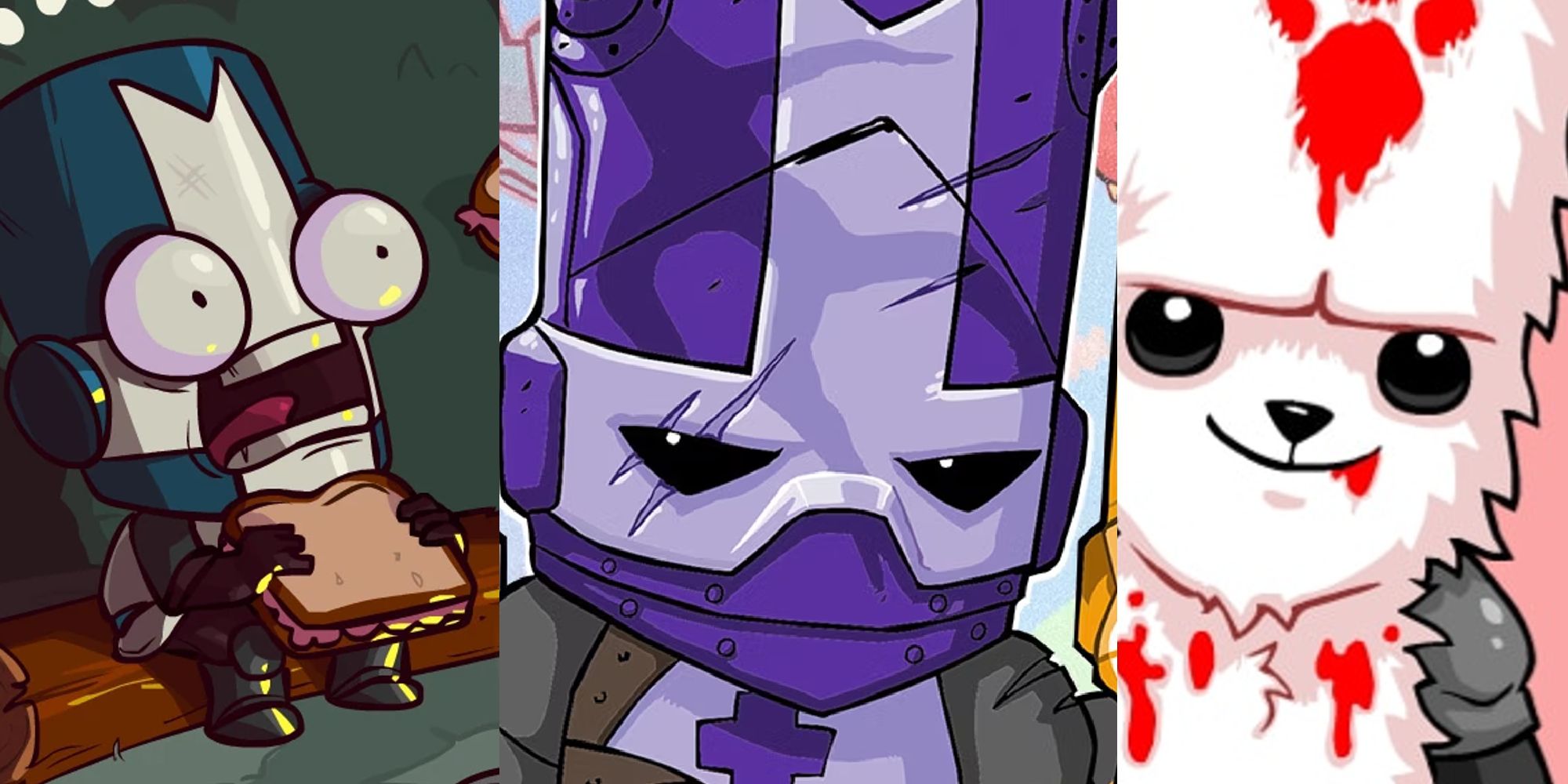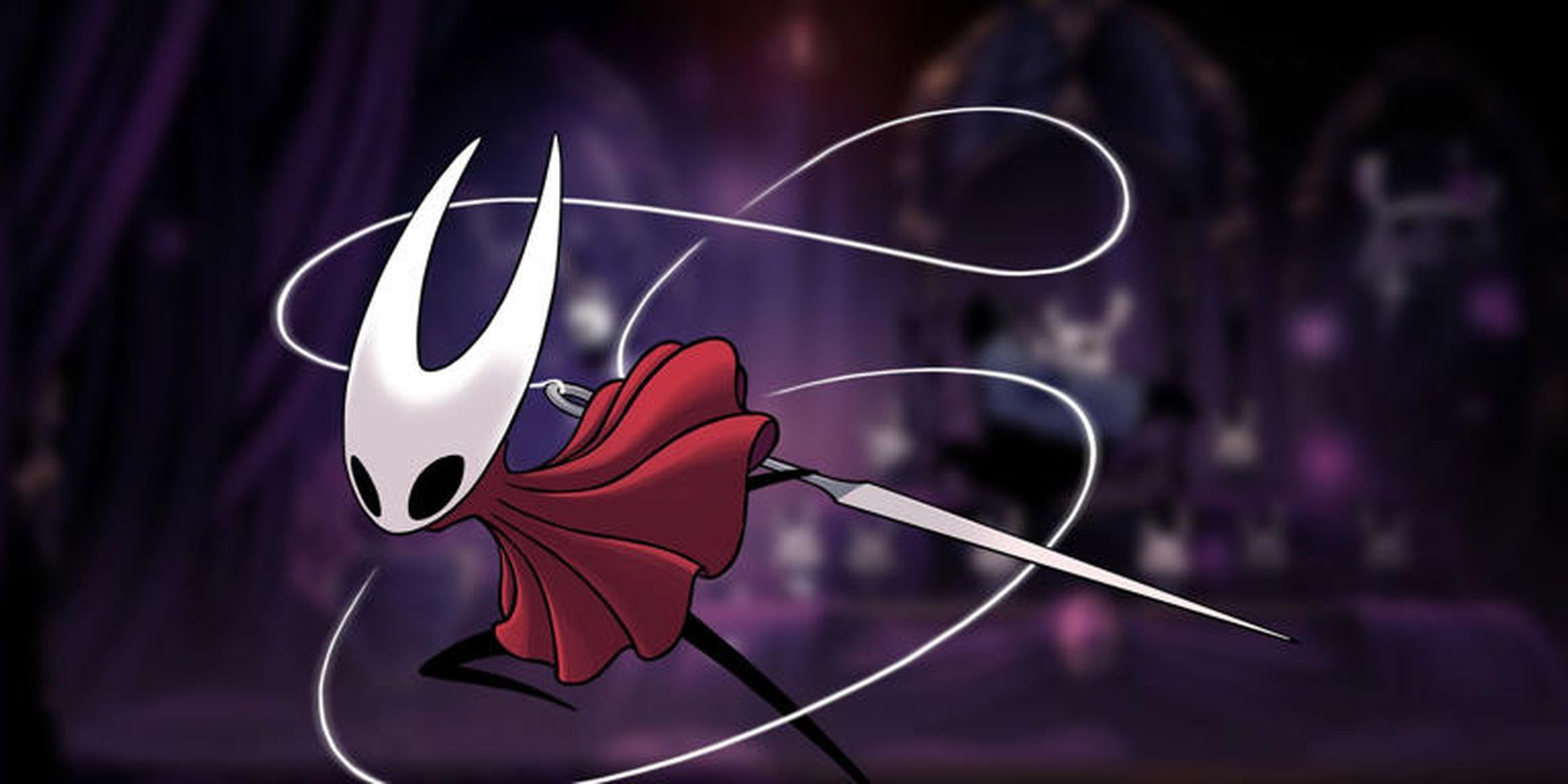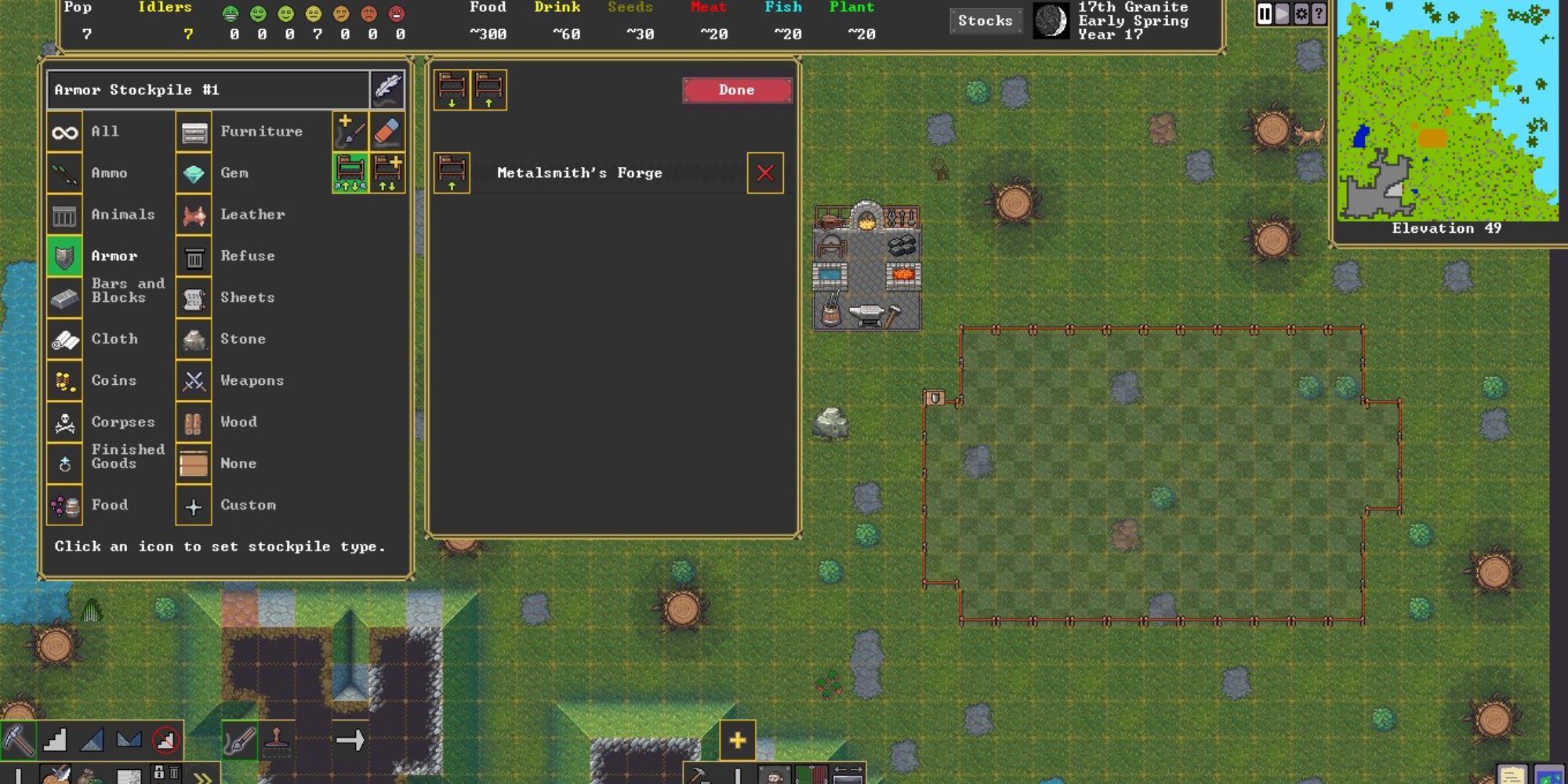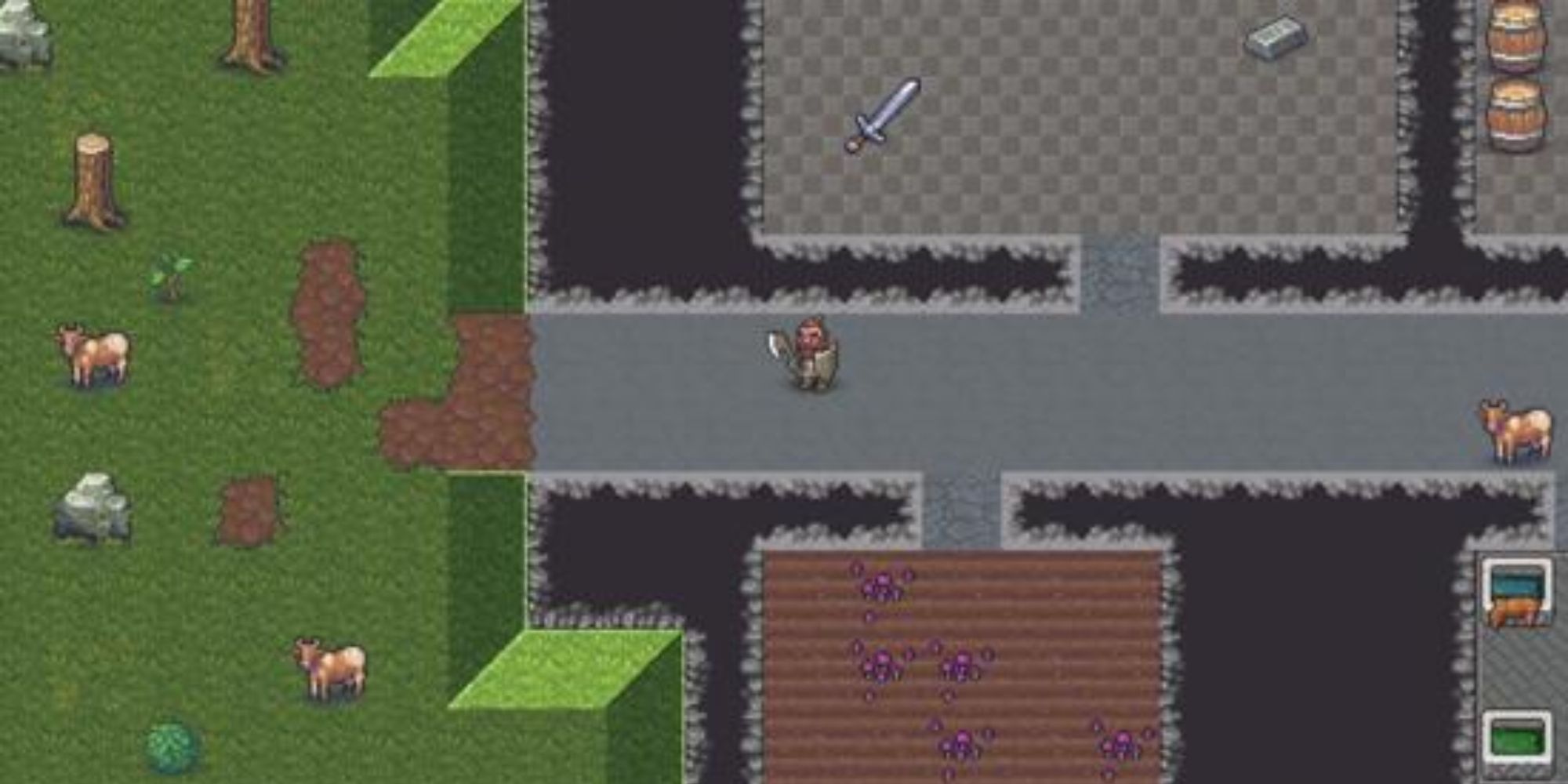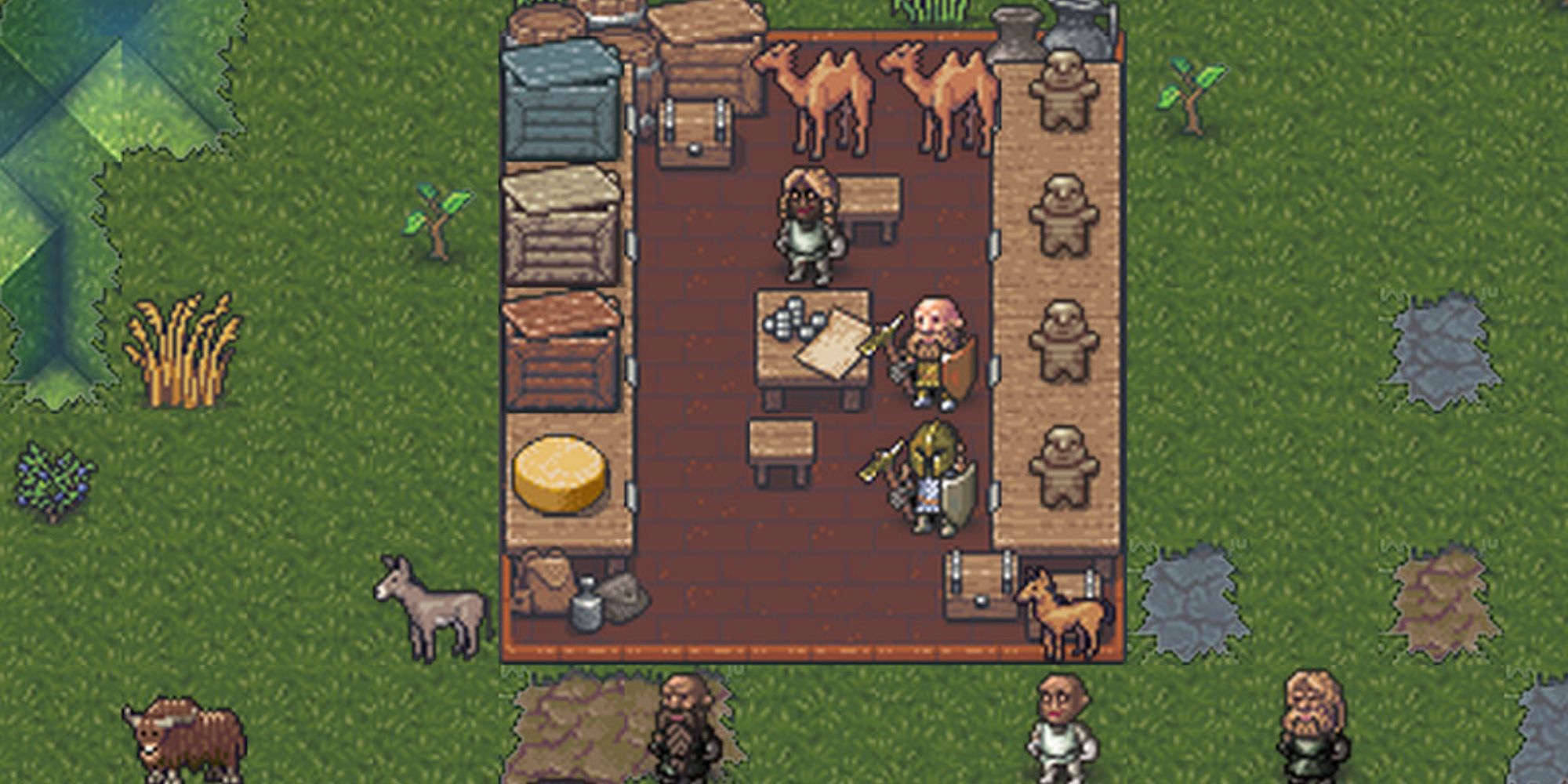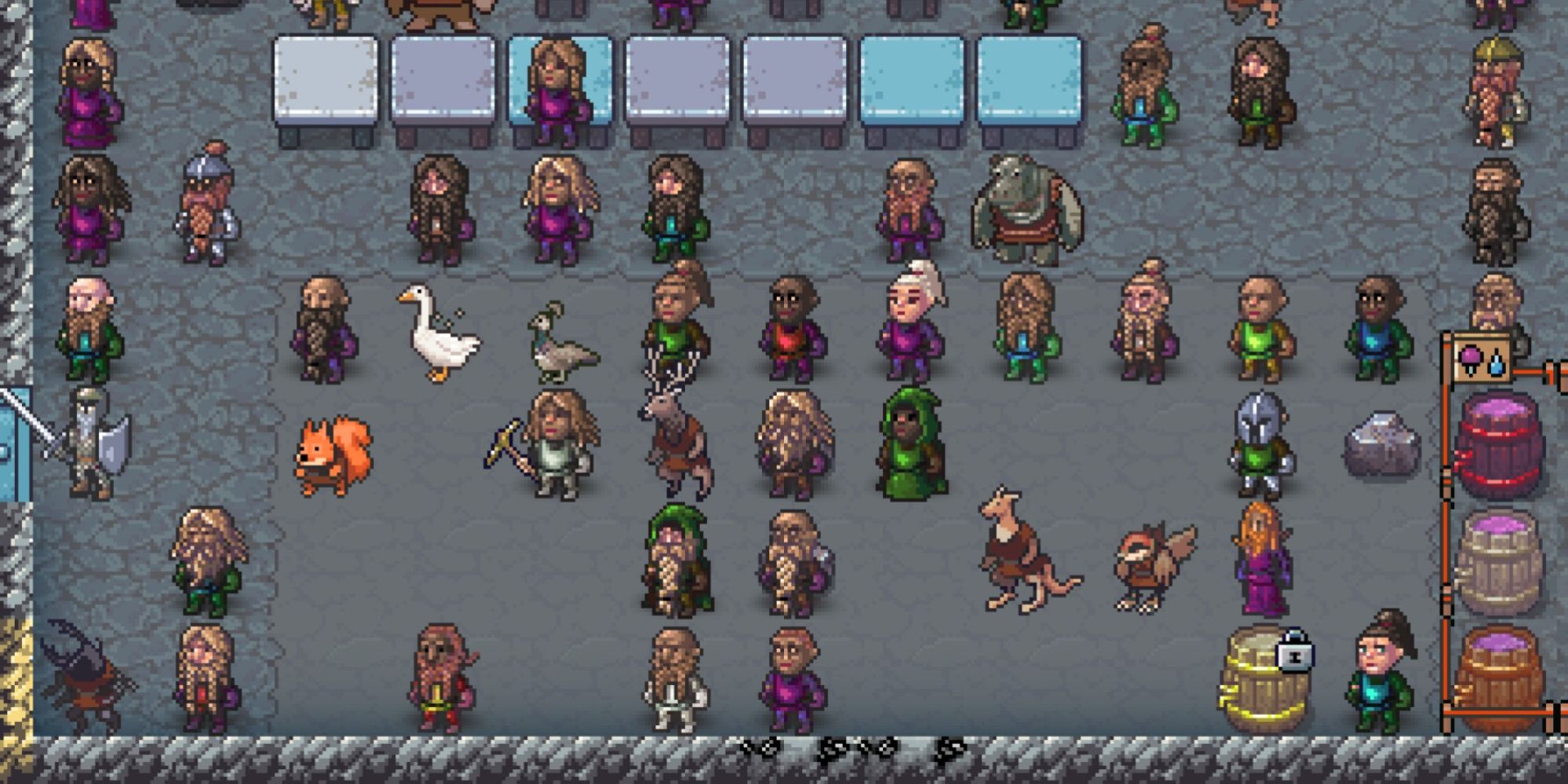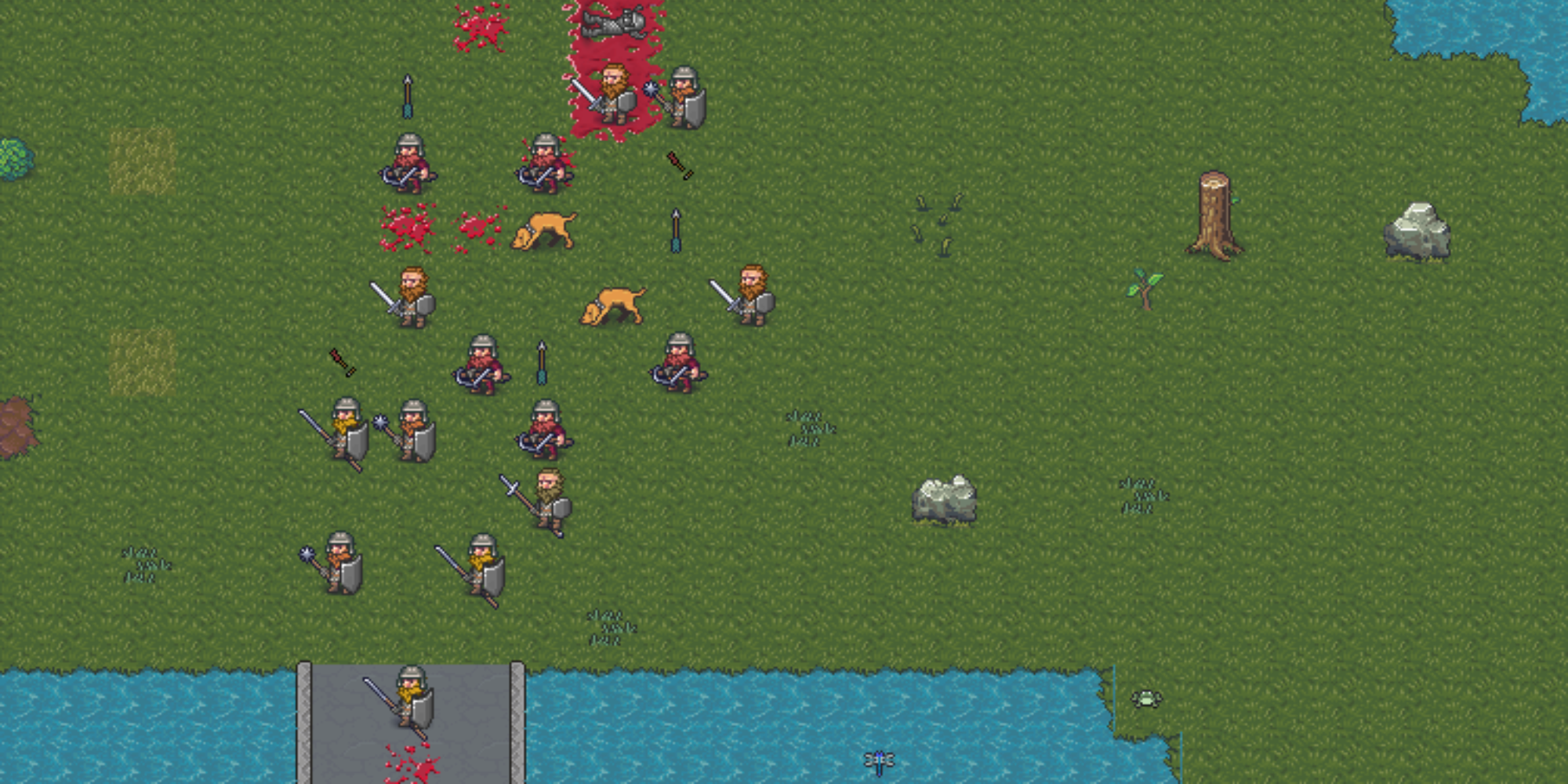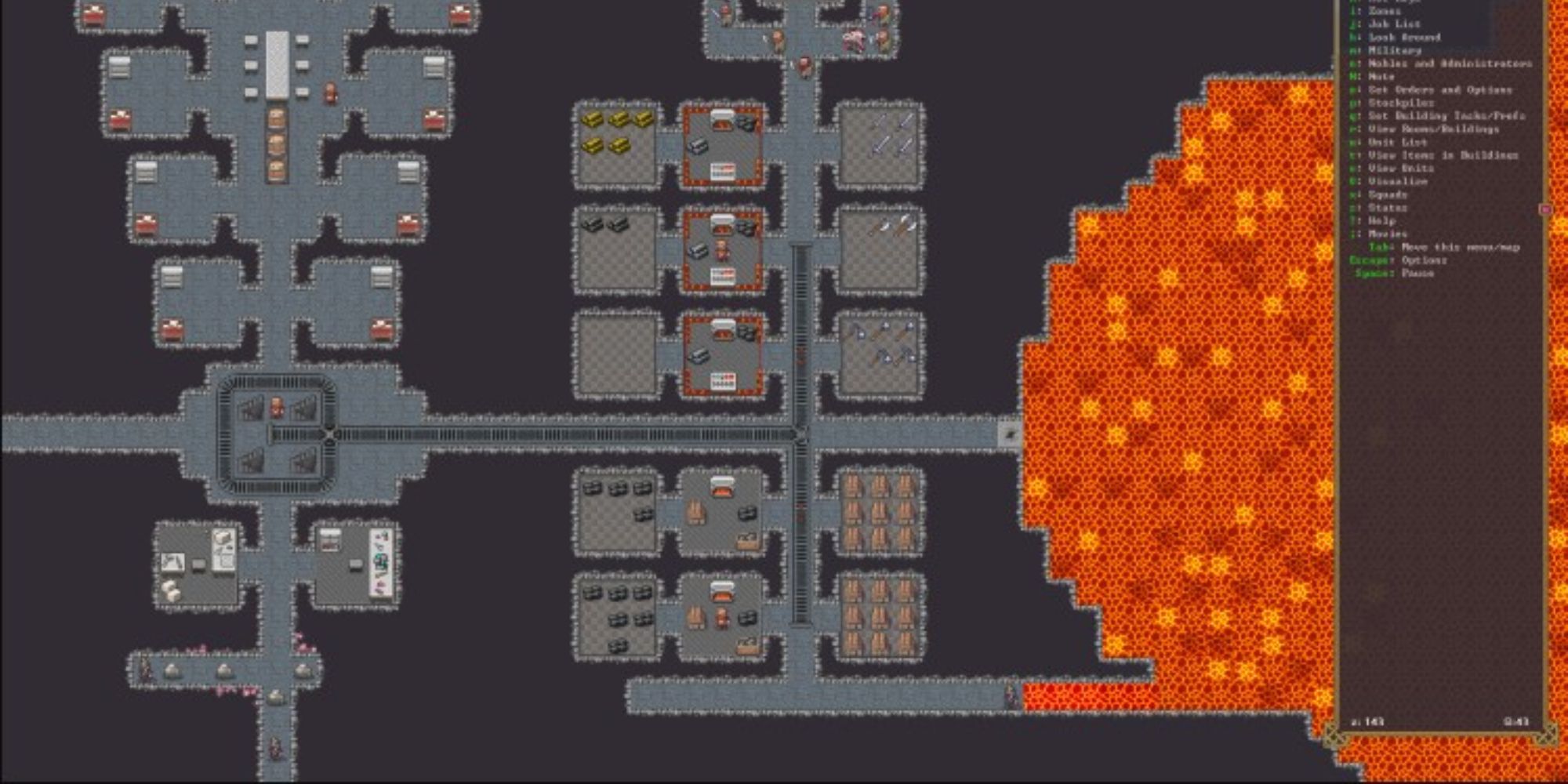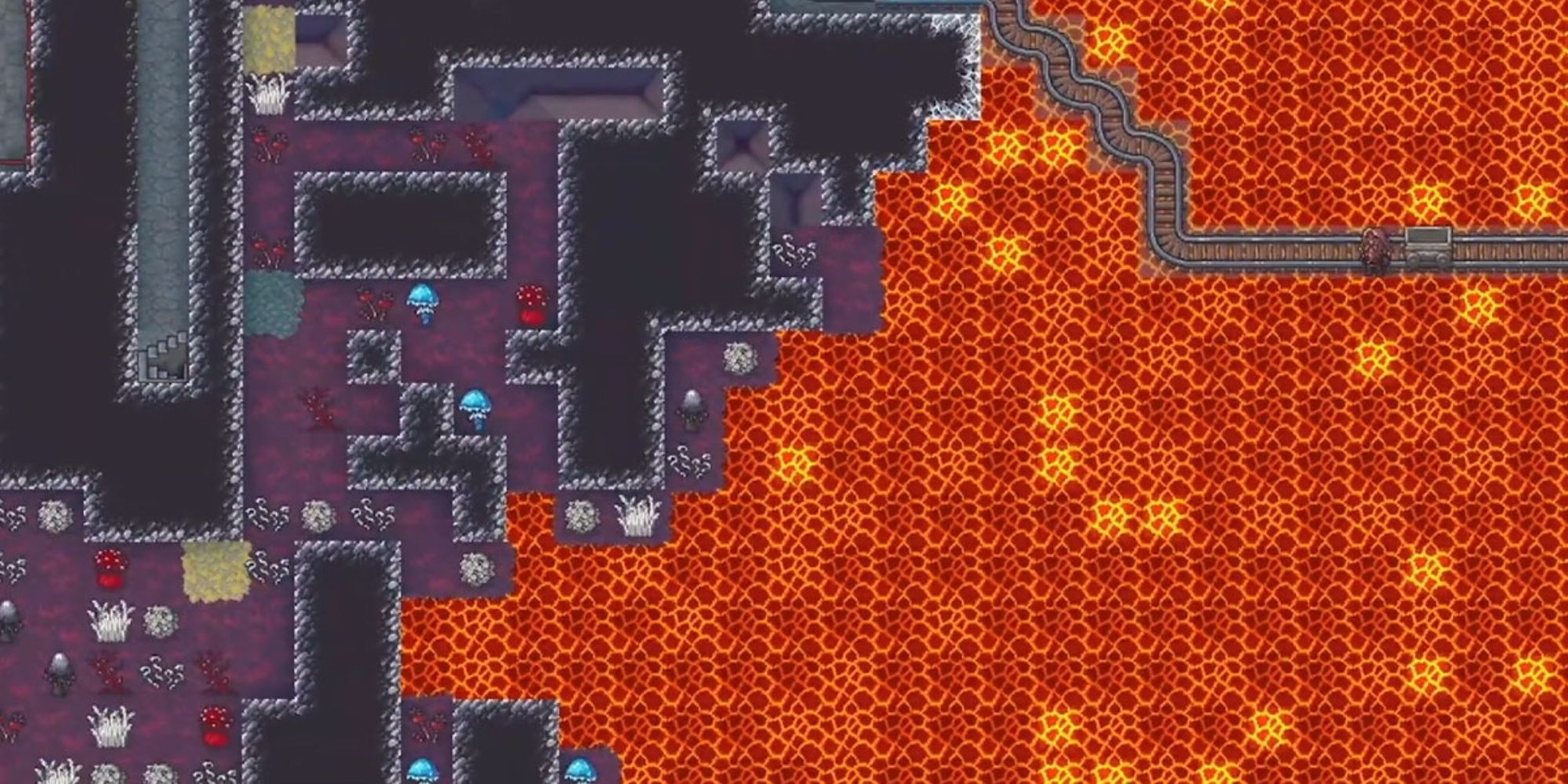As Dwarf Fortress is now available on Steam, the complex game has found a new market of players that have much to learn. There are different materials that can be made into armor, and they can be made in individual pieces. For example, a dwarf can mix and match by wearing a leather helmet and a metal chest plate. Much like in real life, wearing a shirt could protect against minor grazes, and so in Dwarf Fortress, clothing can be considered armor even though it is almost useless. In simple terms, there are three classes of armor: clothing, leather, and metal.
Of course, nothing is simple in this indie classic. The effectiveness of the armor worn will also depend on the weapon or type of damage it is defending against. A steel plate will do much better against bludgeoning force weapons, but chain mail is better against cutting weapons or slashing damage. Players must also take into account that plate armor is heavier, which will impact combat as well. Taking all these factors into account, there are some armor types in Dwarf Fortress that stand out as good options.
7 Bone
Bone armor can be produced at a Craftsdwarf’s workshop; however, it won't be a full set. Only helms, gauntlets, leggings, and greaves can be made from bone. Bone armor is better than nothing, but it is not the highest quality protection that dwarves could have. It offers no protection against good quality weapons and big animal attacks, though it offers nominal protection against smaller creatures.
Any time an animal dies, the corpse can be butchered for its resources. Usually, players will hunt animals for meat and furs, but bones are also a byproduct of butchery. In fact, any animal or dwarf will produce bones once butchered. Any carcass left long enough will rot and leave behind a pile of usable bones. But, it is probably better to use the leftover bones from butchered animals, rather than using the dwarf remains. Players cannot buy bones from caravans, so they must be harvested as and when they are needed.
6 Leather
Leather armor is best for scouts and hunters, or any dwarf that will need speed. Because it is so light, leather armor has next to no negative impact due to weight. Though it is not as tough as metal armor, it will reduce damage similarly to bone armor.
Players should have access to leather quite quickly, as it is found in the same way as bone. This versatile material can be farmed by hunting animals. Making leather requires a tanner's workshop, rawhide from an animal, and a dwarf with the tanning labor turned on. Rotten skins cannot be used, so leather must be prepared before a carcass is left to rot. Once tanned, leather can be used to make quivers, backpacks, water skins, clothing, and armor. Leather can usually be acquired through trade with other factions, but players should be able to find a steady supply through hunting.
5 Copper
As the level of danger increases, players will need to fit their dwarves with higher-quality armor or get used to requesting a parley. It is advisable in DwarfFortress to have a small group of dwarves tasked with the defense of the fortress or face early ruin. Equipping these militia dwarves with copper will quickly be a priority as it offers some marginal defense against attacks. However, copper is still at the poor quality end of the list in most regards.
Copper is a common and low value, so it can be useful to players to train dwarves in metal working. To make copper, players will need to smelt nativecopper, malachite, or tetrahedrite.
4 Bronze
Bronze is next up and this is where players will start to notice a difference. Bronze is an alloy created from tin and copper, both of which are fairly common materials. Bronze is by no means brilliant, but it will offer protection against many attacks.
Bronze is similar to iron in its stats, and can be used in place of iron in a pinch. It is also a significant improvement over copper when used as armor. If players are struggling to find iron, kitting the dwarves out in Bronze is the next best thing.
3 Iron
Iron is an important and abundant resource in Dwarf Fortress. The raw materials used to create iron (Hematite, Magnetite, and Limonite) are usually easy to find. Iron makes iron a good standard option when choosing to kit out dwarves for battle. Iron and Bronze are somewhat interchangeable, however, due to their similar stats. Bronze is slightly better, but less rigid, so it really depends on which resource is more readily available to the player.
Not to mention, iron is also a necessary ingredient to produce steel, which is the next step above iron in the ranking for armor. So, if iron is harder to come by, bronze may be a better option in the beginning so that players can save iron to produce steel.
2 Steel
Steel is an alloy created by combining iron and carbon at a smelter. For most weapons and armor, steel is a professional level for most dwarven militias. Steel also has a high value and can be traded successfully, or makes the player’s dwarves a rich target for raiders. With that being said, a dwarf in full steel will make short work of many animals and intruders. However, it is not easy to create.
To smelt steel, players will first need to smelt iron bars into pig iron bars, using flux stone. Once that process is finished, the pig iron will then need to be refined further. At the end of this complex process, the players will be rewarded with steel.
1 Adamantine
The next material is adamantine, the best material for armor by far. However, it does not come easily. Players will need to dig deep and battle against magma. This high-value metal is impossibly light and incredibly strong, which is why it makes such a good material for armor. Adamantine must be refined from raw adamantine, and can then be made into a lot of different items.
Raw Adamantine can only be found beneath the third cavern layer and sought from the magma sea. This task itself is a dangerous one and will require a lot of work. Processing the raw adamantine to craftable material is very time-consuming also. It does, however, leave the player with some of the best armor in the game, especially against slashing weapons.
Dwarf Fortress is available on PC.


